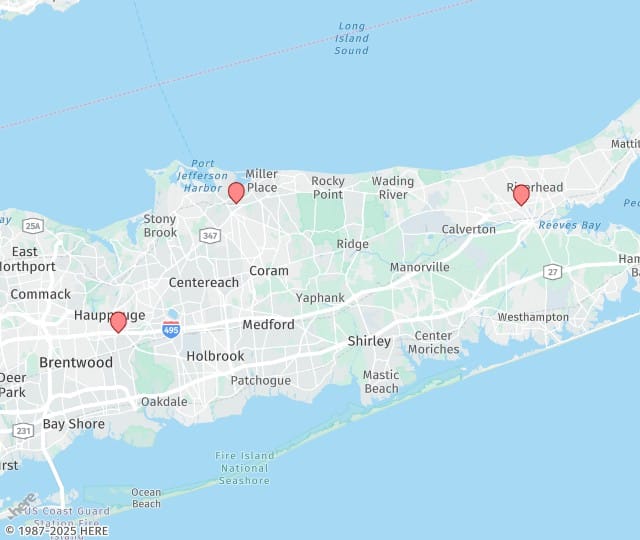At Suffolk Vascular & Vein Center in Port Jefferson Station, you receive comprehensive care for Peripheral Vascular Disease (PVD)—a condition that affects the blood vessels outside your heart and brain, often limiting circulation in your legs and feet. PVD develops when your arteries become narrowed or blocked, causing pain, numbness, and fatigue in your limbs. This disease is common, particularly among adults over 50 and individuals with diabetes, high cholesterol, or a smoking history. Early diagnosis and personalized care can help restore circulation and prevent serious complications.

Causes and Risk Factors of PVD
PVD commonly develops due to atherosclerosis, a buildup of fatty deposits within the arteries. Contributing factors include smoking, obesity, high blood pressure, high cholesterol, and diabetes. Your everyday habits have a strong influence on your vascular health—healthy eating, exercise, and avoiding tobacco are key to prevention.
Symptoms and Warning Signs of PVD
You might notice leg pain or cramping while walking that improves with rest, called claudication. Other symptoms include cold feet, shiny or discolored skin, numbness, and slow-healing wounds. Recognizing these warning signs early allows you to seek timely care before complications develop.
Diagnosis and Medical Testing for PVD
At Suffolk Vascular & Vein Center, your evaluation begins with a thorough examination and discussion of your symptoms. Diagnostic tests such as Doppler ultrasound, angiography, or the Ankle-Brachial Index (ABI) help measure blood flow in your limbs. You should schedule an appointment if you have persistent leg discomfort or skin changes.
Peripheral Vascular Disease Treatment Options
Your treatment plan depends on your condition’s severity. Medications can help manage cholesterol, blood pressure, and circulation. Minimally invasive treatments such as angioplasty and stenting are often used to restore blood flow, while surgical options like bypass surgery may be necessary for advanced cases.
Lifestyle Changes to Improve PVD
Healthy lifestyle choices are central to managing PVD. Quitting smoking, maintaining a healthy weight, and exercising regularly can slow disease progression and improve circulation. Even small, consistent changes make a meaningful difference.
You can support your vascular health through a balanced diet rich in vegetables, fruits, lean proteins, and whole grains. Avoid processed and fried foods high in saturated fats. A heart-healthy diet improves blood flow and helps reduce inflammation in your arteries.
Exercise Therapy for PVD
Walking and low-impact exercises are proven to enhance circulation and reduce leg pain. Follow your provider’s recommended program, gradually increasing your activity as tolerated. Always rest when pain intensifies to avoid strain.
Preventing PVD-Related Complications
Protecting your feet and legs is critical to avoid complications such as ulcers or infections. If you have diabetes, inspect your feet daily and seek prompt medical care for any sores or color changes.
Advanced Treatments and Specialist Care
Your vascular specialist may prescribe medications such as blood thinners or cholesterol-lowering drugs to improve circulation and prevent clots. In advanced cases, angioplasty, stenting, or bypass surgery may be recommended. Consistent follow-up and lifestyle management are key to long-term success.
Why Choose Suffolk Vascular & Vein Center
At Suffolk Vascular & Vein Center, you receive expert care from board-certified vascular specialists dedicated to improving your vascular health. The team offers advanced diagnostic tools and state-of-the-art treatment options in a compassionate, patient-centered environment. With convenient Long Island locations, you can access high-quality care close to home.
Contact Suffolk Vascular & Vein Center
Contact us in Port Jefferson Station at 631-476-9100,
Hauppauge at 631-979-0222,
or Riverhead at 631-591-9003.
